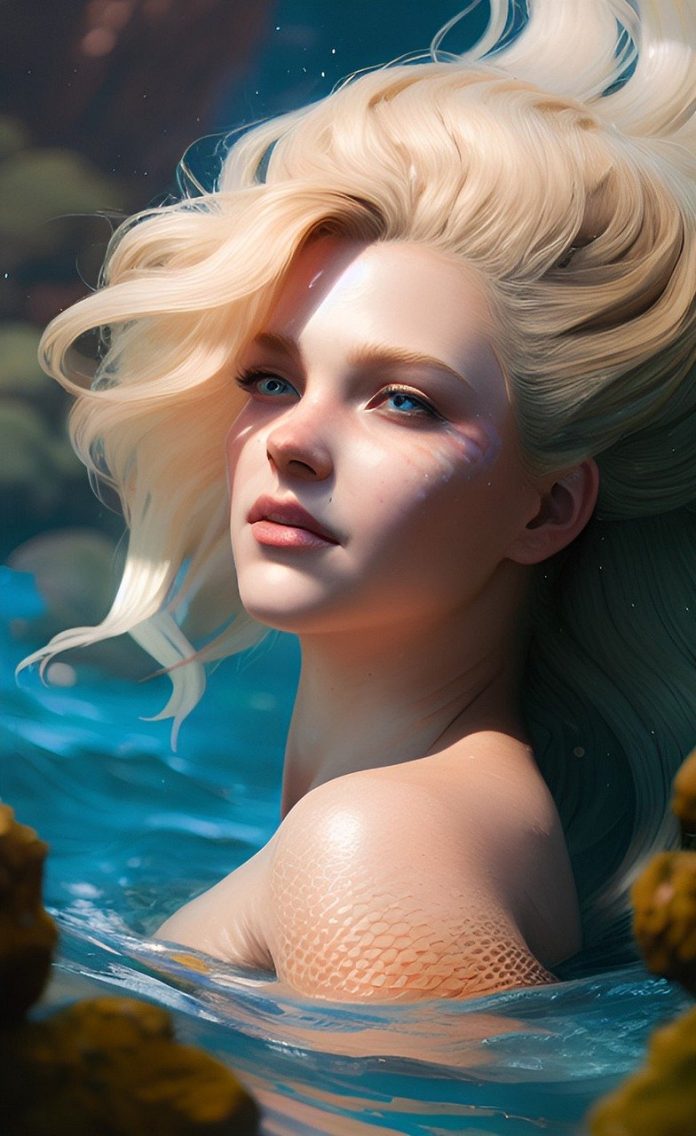Artificial Intelligence (AI) has been the major talk of the town since the beginning of 2023. We know that AI is being used in making efficient tools, robots, programs, apps and in many more innovative ways. In December 2022, AI Image generators took the internet by storm with influencers and people using apps like Lensa to create flattering, science fictional or artistic versions of their photos. This might seem like a fun thing to try on the internet but these AI image generators are concerned with art theft.
Artists were enraged to see the remains of signatures that can be seen on the generated images, that too not from any one artist but multiple artists because these pictures are generated by remixing multiple copyrighted images. The images generated are often scribbled, inaccurate or slightly off from the original art style of the artists because AI has tried to replicate it. The visible remaining signatures are proof that these artists are missing out on profits from apps like Lensa. Plenty of artists were not aware that their art was used to generate images and faced copyright violations of AI art. AI takes scraps from original art made by artists and blends those parts to create a whole new image without crediting the artist.
Not just Lensa but ArtStation, a popular platform where artists showcase their portfolios of digital art, animation, games and other visual media, juxtaposed artists’ original work with AI-generated images which made artists furious and humiliated because it undermined the skills and amount of time and efforts of the artists. AI will never be able to have the creative bent of mind that humans have. The kind of thought process that goes into creating one piece of art will never be matched by AI. AI is capable of analysing and reading large sets of data but it does not have the eye for choosing aesthetic styles unless a human commands it.
Mixing different artists’ art styles without their knowledge is also disrespectful to the artists. AI is hence giving scope to art theft. These AI image generators present the images like they’re extremely original and copyright free but they’re fundamentally made of copyrighted art and images. In this way, art theft becomes really easy and the artists will not be aware of it either. Artists have been vocal about their opinions of how AI can pose a threat to their livelihoods in the future if AI dependency and innovation continue at a rapid speed. After the Lensa controversy, artists filed a class-action lawsuit against OpenAI’s DALL-E, Midjourney and Stable Diffusion which were the major AI programs that made these artists’ work available for anyone to reuse and remix. As AI innovation is growing at a fast pace, artists and policymakers are trying to stop situations like this from arising before it’s too late.
Studio Ghibli director Hayao Miyazaki was shown an AI-generated animation in 2016 and said, “I strongly feel that this is an insult to life itself.” Many artists took it to social media and other art niched platforms by posting images of big red ‘NO’ signs to AI while captioning them ‘SAY NO TO AI GENERATED IMAGES’ to create awareness of how this was art theft and undermining of artists’ work. If AI has frustrated artists to this extent of art theft and the threat of losing their jobs due to AI, then the question arises, should AI be given so much power that it gives scope for unethical work?





























